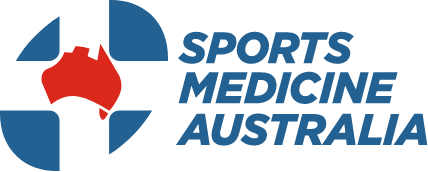Surfing
Fact Sheet
Facts on Surfing injuries
Surfing is a very popular sport with an estimated 18 million surfers globally. Today the sport attracts a wide range of participants covering all age groups. Surfboard development and the resurgence of longboards or Malibus has made the sport more accessible to a broader range of surfers.
Common surfing injuries
Recent research suggests that lacerations account for almost half of all surfing injuries. Sprains account for over a quarter of all injuries followed by dislocations and fractures. Health problems such as swimmer’s ear and surfer’s ear are also common.
Facts about surfing injuries
Surfing is regarded as a safe sport. Compared to some other sports the overall risk of injury is low (2.2 injuries per 1,000 surfing days or 0.26 injuries per surfer per year) and the large majority of injuries are not serious.
Body parts most frequently injured
Surfers most often sustain injuries to the leg (46%). Head and facial injuries are also common (26%), followed by injuries to the trunk/back (13%) and the shoulder and arm (13%).
Cause of injury
The main cause of injury is contact with a surfer’s own board or that of another surfer (45%). ‘Wiping out’ accounts for 36% of all injuries and striking the seabed accounts for 18% of injuries.
Preventing Surfing Injuries
- Effective injury prevention involves a host of measures including good preparation, good technique, appropriate practices, correct equipment and appropriate injury management.
- Good preparation is important.
- Surfers should undertake a warm-up prior to activity. This may include a general body warm up followed by suitable stretches.
- Sunscreen (30+) should be worn at all times.
- New or novice surfers should participate in a Surfing Victoria accredited surf school to learn appropriate skills, technique and water safety.
Appropriate practices
Surfing etiquette should be practised by all surfers to avoid collisions in the surf. Good surf etiquette includes:
- Inexperienced surfers should not surf alone
- A responsible adult should supervise children at all times when surfing.
- Surfers should check weather and beach conditions before entering the water, to ensure safety.
- Respecting the rights of other surfers in the water.
- Allowing everyone to catch their share of waves.
- One surfer on a wave, as waves do not allow room for more than one and collisions, injury and conflict between surfers can occur.
- Adequate water should be consumed before, during and after activity to avoid dehydration.
Use correct equipment
- Professional advice should be sought when purchasing a surfboard.
- If you have a previous injury consult a sports medicine professional to ensure you are fit to surf.
- Wherever possible surfers should have a mobile phone close by in case of emergency.
- Consideration should be given to purchasing a board with flexible fins and a blunt nose or protective nose guard.
- Surfers should wear wetsuits for buoyancy, sun protection and to prevent seabed abrasions.
- Surfers should wear leg ropes, especially in large surf.
- Existing surfboards should be fitted with nose guards to minimise injury risk.
If an injury occurs
- Surfers should stop immediately if an injury occurs and seek prompt treatment.
For further information contact:
Surfing Victoria
PO Box 230 Torquay VIC 3228 Phone: 03 5261 2907
Fax: 03 5261 4460
Email: [email protected] Website: www.surfingaustralia.com
Sports Medicine Australia – Victorian Branch
Sports House, 375 Albert Road Albert Park VIC 3206
Phone: 03 9674 8777
SmartPlay
Email: [email protected] Website: www.smartplay.com.au
Smartplay is supported by VicHealth, the Department
of Planning and Community Development (Sport and Recreation Victoria) and the Department of Human Services.
Taylor D et.al. Acute injury and chronic disability resulting from surfboard riding. Royal Melbourne Hospital.
October 2003.
Reference
Photos provided by seassurfrobertson.
